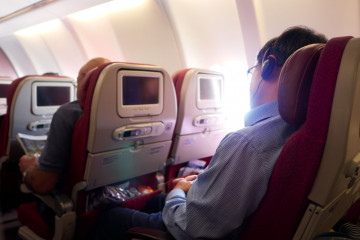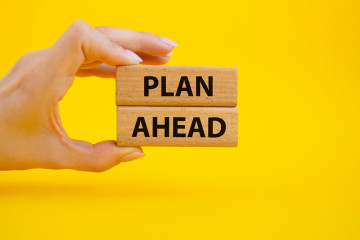What is trekking? Have you ever trekked in the Himalayas? Why people are so fond of it? There are many other similar questions that any beginner are keen to know
Trekking in the Himalayas is quite an interesting activity. However, it’s a sophisticated activity and requires sound knowledge and expertise, perhaps the assistance of an expert. Its pertinent that one should keep safety intact while trekking in the Himalayas. A trek becomes an exceptional life-changing experience only when its done safely and involves no mishaps. Otherwise, it becomes a bad memory which we do not want to remember.
Any trek venture has to be safe, and below are the pro-tips on planning a safe trek to the Himalayas.
1. Selection of the Trekking Company: Today every other day, a new trekking company is coming up in our Country without any recognition or registration as there are no laws in our Country which prevent them from conducting the trek. These companies organise treks with large groups and low grade equipment and unqualified professionals to reduce the cost. This is harming the Himalayan ecology and industry a lot. There are laws for registration and recognition from the Government of India – Ministry Of Tourism. They recognise and affiliate if a tour company is an Adventure Tour Operator or not. Only adventure tour operator are allowed to conduct adventure activities in India. These agencies are approved by the ministry based upon the quality of resources whether they have trained resources or not, whether they have quality equipment or not, and whether they follow all safety protocols or not. So go with only registered Adventure Tour Operator with the Government of India, Ministry Of Tourism.
2. Proper Training: Trekking requires stamina and fitness. Individuals should go for proper training before opting for a trek. Your trek is successful if prior training is done for the trek. With proper practice and endurance training, fatigue and anxiety will not trouble you. Also, it is important to note that trekking is 70% mental game and only 30% of it is stamina and fitness. Your character matters as well and there is no alternative to fitness and stamina on a High Altitude Himalayan Trek.
3. Proper planning of logistics Is Very Important: Safe trekking is not safe until you have a proper plan of all the logistics required for such a trek. Camping equipment, trekking gear, food, fuel, safety gear, emergency medicines, etc. On the other hand, you should keep the total weight of logistics in check as that will increase the cost. Loads of experience is required to plan mistake-free logistics for a Himalayan trek. if you book a package tour, your agency does it for you. If you do a DIY trek, you need to do it for yourself. At Himalayan High, we support both. You may book a package trekking tour with us to not get involved with logistics.
4. Small-Group Private Trekking is Favorable: Trekking is a very personal activity and is perhaps one of the very few activities that give you enough time to indulge with yourself or your beloved people, group of special friends, or close family members. It helps you transform personal bonds to the next level as it brings out everyone’s best and truest self. Trekking is most enjoyed when it is done in a small private group, personalized to serve your specific needs. The Himalayas are best experienced when there is silence and solitude around and when you are surrounded only by your best people. Your trek is most enjoyable when all the pain of arranging a smooth trek is taken care of by us, and you focus just on your trek and yourself. Most importantly, a small private trekking group is very flexible, personalized and more enjoyable, is the safest and follows the principles of Sustainable and Responsible Tourism.
5. Always Hire A Local Expert Guide: Trekking in the Himalayas goes through dense jungles with wild animals and life-threatening terrain. It’s very important never to venture deep into the Himalayas without a proper guide who is not just very experienced of the route but is also an expert of the sport, its various tips and tricks, safety practices, etc. There have been many incidents in the Himalayan trek where one has lost his path and never to be found again, falling off from a cliff, falling into crevasses, broken bones, etc. So always hire a good guide to accompany you. Also, it is a mandate by many National Parks in India that you must be accompanied by a local licensed guide. Only then do they give the permit to trek in the sanctuary.
6. Always Carry Emergency Medical Kit: High altitude trekking has many risks related to Altitude Mounitain Sickness and can be fatal. You should always carry emergency medicine like Dexamethasone and Nifidipine to be used only on emergency in case of HACE or HAPE. Before using it, proper monitoring is necessary which can be done by measuring the oxygen saturation, pulser rate and blood pressure everyday on a trek. This can be done using lightweight digital equipments.


